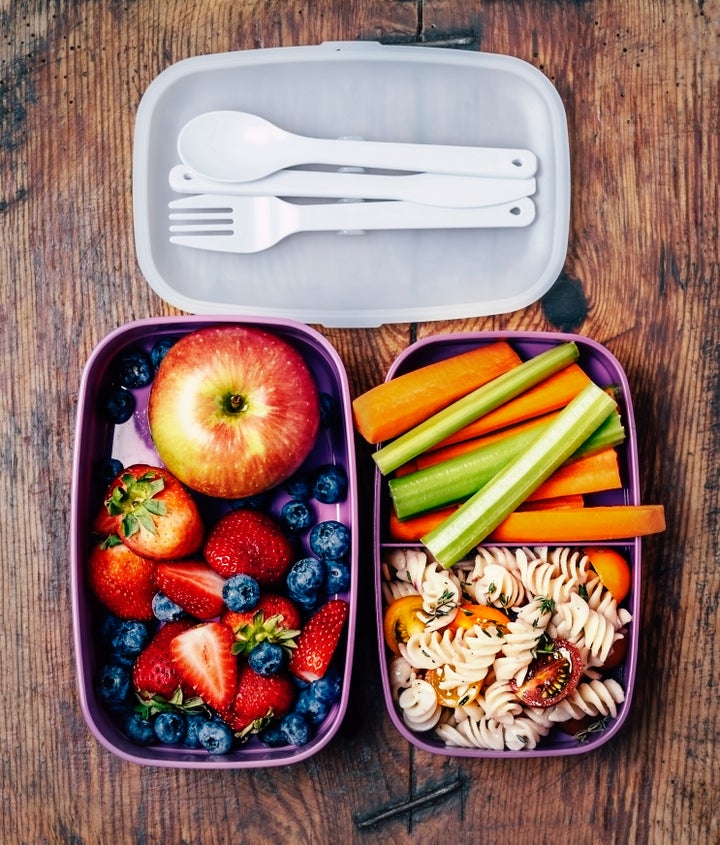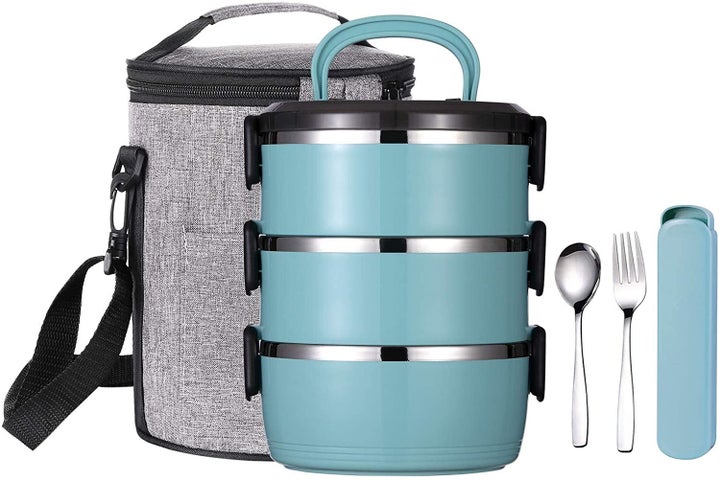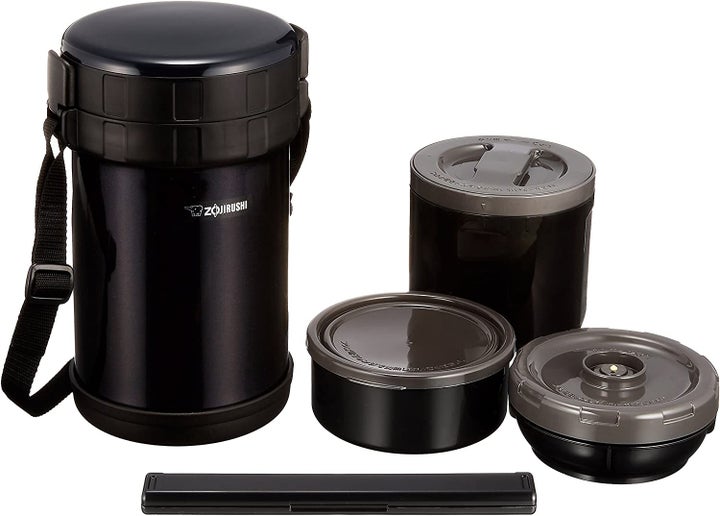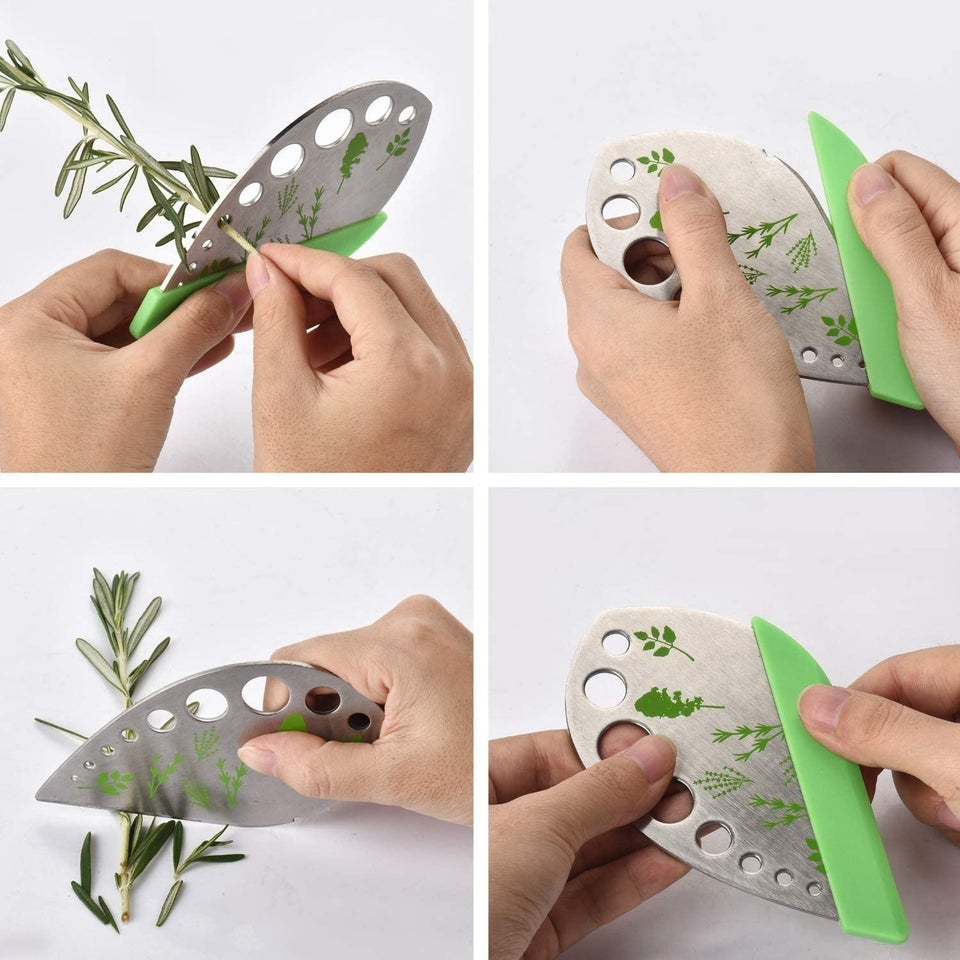
If you or your kids are brown-bag-lunch devotees, you likely contend with smushed sandwiches, poorly insulated veggies and a generally uninspiring midday spread. And if you’re heading back to the office and tend to rely on fast-casual eats on a daily basis, you’ll notice the cost of these meals adds up quickly.
Luckily, there’s an easy solution to these problems, and it comes in the form of a homemade meal packed in a bento-style lunchbox.
Benefits Of Bento Boxes
Bento boxes take their name from a style of art and organization with origins in Japan. The term refers to compact containers divided into multiple sections, which make it easy to pack a variety of food items (like rice, noodles, protein and vegetables) and keep them separated during transport. Many bento-style lunchboxes currently available for purchase feature insulation, and some come with utensils and compartments designed for easy travel.
Bento boxes offer better visuals.
There’s a cliche that people “eat with their eyes first.” That may sound trite, but it’s true that visual appeal does a great deal to whet the appetite. Chef Nikky Phinyawatana of Asian Mint Restaurant Group in Dallas insists that “bento boxes are better because presentation is everything. This style of lunch lets you divide up your meal based on food groups such as proteins, grains, vegetables and fruits, versus throwing everything in a bag and hoping it does not mix or spill,” she said. “Most bento boxes are more organized and allow you to visually see what you’re eating and can be easily stored at home or in your office space.”
Most bento lunchboxes are temperature-controlled.
When shopping for bento-style lunchboxes, you can easily locate versions that include insulation to ensure temperature control. Chef and food blogger Rowena Murakami of Tiny Kitchen Divas says “bento boxes are designed to keep your food at optimal temperature. Modern [bento] boxes have insulation, keeping your salads crisp and cool. There are also thermos-style soup holders that can keep them hot until lunchtime.”
Bento boxes offer plenty of variety.
Lunches feel more invigorating when they offer plenty of options, and bento boxes make this pursuit simple and straightforward. “The greatest thing about a bento box or bento box-style meal is that [they provide] a collection of flavors and textures that create an experience. You can enjoy a variety of items either individually or together to build flavor,” says Eric LeVine, partner and executive chef of 317 Main Street in Farmingdale, New York.
Food stays separate, which preserves its texture and flavor.
Even if you’ve long outgrown any childhood hesitations about different foods touching on the plate, a lunchbox that enables you to keep food items separate and contained is an asset for flavor and texture quality. “The most obvious [advantage of a bento box] is that food stays separate, which helps keep the integrity of taste and texture for each lunch component,” said culinary dietitian Nicole Stefanow. “The other major benefit is that all food items are in the same container system, so you aren’t lugging a clunky bag of misfit containers to and from work every day. This also makes cleaning up a breeze.”
How To Pack A Bento Box
Pack your dressings and wet ingredients separately.
Although the compartments of a bento box can effectively keep foods in their own areas, liquids aren’t as easy to contain. For that reason, chef and recipe developer Devan Cameron says you’ll benefit from “keeping all of the ingredients separate, especially the salad dressing. If you pre-dress your salad and ingredients, the salad will be soggy by lunchtime.” Some bento boxes come with separate containers for dressings and sauces, but if yours doesn’t, then any small resealable container will do the trick.
Likewise, dietitian and recipe developer Lara Clevenger urges bento box users not to “mix in foods that may change texture, like yogurt parfait. Personally, I like to keep my Greek yogurt separate from my mix-ins and then add them separately so they maintain their texture.”
Do some temperature control.
Insulated bento boxes keep food temperature-stable during your commute, but for the best possible meal, “make sure all the food is the same temperature when placing it into the bento box,” said U.K.-based executive chef Andy Chu of Mr. Lee’s Pure Foods. “For example, all hot or all cooled down. This will ensure that all your food remains fresh.”
Look to the examples set by traditional Japanese bento boxes.
If you’re at all hesitant about bento box usage or unsure of which foods would best suit this packing style, then go back to the source (in this case, to Japanese cuisine). “Traditional Japanese meals are centered around rice, with lots of little complementary dishes intended to enhance their flavor,” said Karen M. Ricks, head chef of OurKitchenClassroom.com. “Bento boxes should be compiled with a similar idea in mind. You can fill your largest compartment with rice or Japanese noodles like udon or soba. Then, fill your smaller compartments with things that pack a powerful punch, like pickled vegetables, toasted seaweed, steamed or sauteed vegetables tossed with dried seafood, meatballs, and so on.”
Highly Recommended Bento Lunchboxes

Chic, functional and leakproof, the Umami All-In-One Bento Box is a favorite of culinary instructor Yannick Tirbois of Le Cordon Bleu Shanghai, who says that this model “comes in a modern design with soft colors. It’s made of bamboo, and it has the ideal size with plenty of compartments. It comes with cutlery and it is suitable for freezers, microwaves and dishwashers.”

If temperature maintenance is your top priority for a lunchbox, then the YBOBK Home Bento Lunch Box amply delivers on that front, according to cookbook author Ja-ne de Abreu. “If I’m not having a salad, I use this bento box. I heat up the containers with hot water before adding my warm food and don’t need to use a microwave at lunchtime,” de Abreu explained.

An appealing alternative to a traditional bento box, this Zojirushi “lunch jar” features bento-esque compartmentalization, but in a sleek vertical container. “I love traditional Thai/Indian tiffin lunchboxes with multiple tiers that separate salads from rice from hot food, yet keep it all stacked together,” said chef and restaurateur Vanda Asapahu of Ayara Thai in Los Angeles. “To keep hot food insulated, I love the Zojirushi Classic Bento Vacuum Lunch Jar.”
HuffPost may receive a share from purchases made via links on this page. Prices and availability subject to change.
